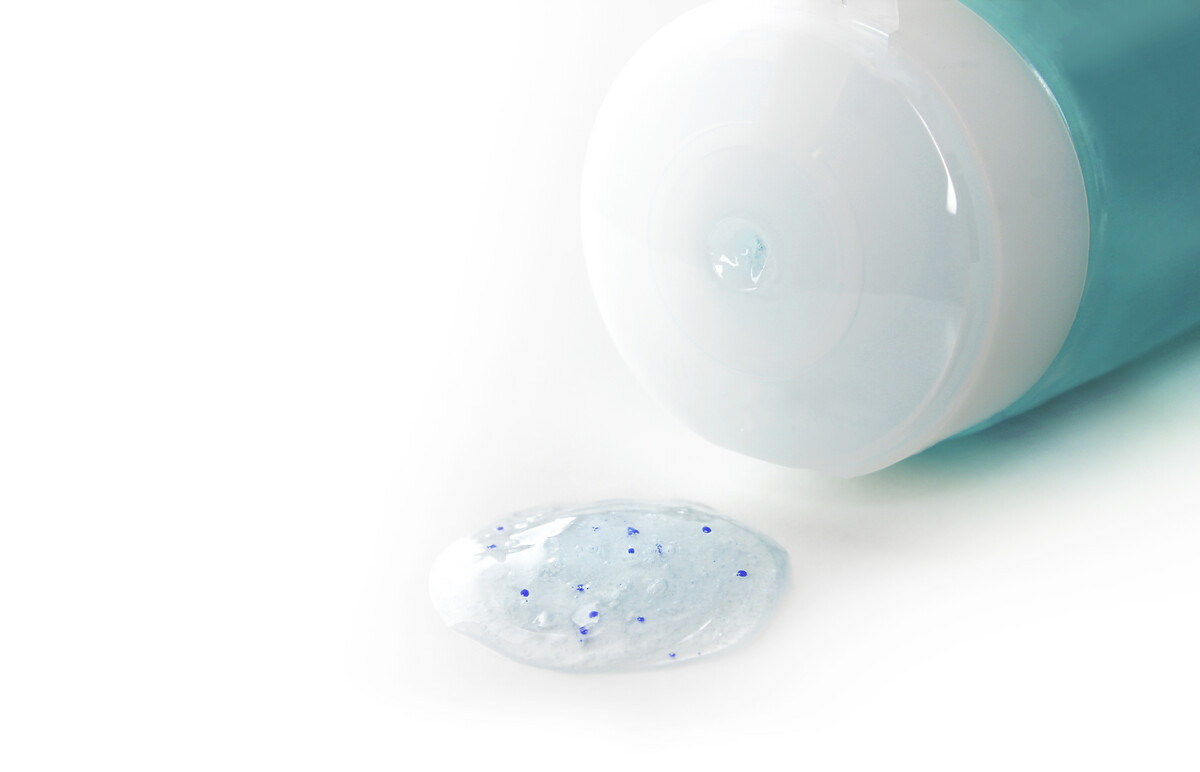FUTURE BAN OF THE USE OF MICROBEADS IN COSMETICS MARKETED IN CHINA
Microbeads are defined as small pieces of plastic particles, smaller than 5 millimetres, with various shapes (e.g. spherical, polygon and are widely used in cosmetics and personal care products in China. They normally contain non-degradable polymers and are usually used in rinse-off products with the intention of scrubbing, exfoliating and cleaning.
The major problem regarding the use of microbeads is that the release of microplastics from various products (mainly from cosmetics) affects the aquatic environment, especially marine ecosystems. Since China is one of the world’s largest cosmetics market, it results in a major effect on plastic pollution.
In 2017, China’s former Ministry of Environmental Protection (now Ministry of Ecology and Environment), listed microbeads as products with a high pollution and high environmental risk.
At the moment, there is no legislation or formal ban on the use microbeads in cosmetics in China, but this fact will change until the end of the year.
China’s National Development and Reform Commission (NDRC), together with other relevant departments, organized a draft of the Catalogue of Prohibited or Restricted Production, Sale and Use of Plastic Products and published it in last April 2020, requesting public opinions. Shower gel, shampoo, conditioner, cleanser, liquid soap, soap, scrubs, toothpaste and other products were included in the list of products containing microbeads marketed in China. Microbeads that are unintentionally introduced by the product packaging and consequently do not have a specific function in such product are not included in the list.
On 16th January 2020, China’s NDRC and the Ministry of Ecology and Environment issued the Notice [2020] No. 80 “Opinions on Further Strengthening the Control of Plastic Pollution”, with the aim of prohibiting the use of microbeads in cosmetics and personal care products. According to this Notice, the manufacturing and sale of cosmetic products containing plastic microbeads will be prohibited by the end of 2020.
Definition, testing methods and standards for microbeads were explained in the standard for the Determination of Microbeads in Cosmetics (draft for comments), released by the State Administration for Market Regulation and China National Standardization Administration (March 2020).
More detailed information was given in the Notice [2020] No. 1146, issued by the NDRC on 10th July 2020. The ban will apply to rinse-off products intended for scrubbing, exfoliating, and other purposes (e.g. shampoo, shower gel, scrubs, cleansers, etc.) containing intentionally added plastic particles with a size inferior to 5 millimetres. The ban also applies to toothpastes and toothpowders.
Due to the continuous innovation in the cosmetic industry (and other industries), there are several natural and biodegradable alternatives to the use of microbeads, especially when it comes to rinse-off products. Cosmetic companies should be prepared for this ban and search the most adequate alternatives.
References:
- China National Development and Reform Commission [website] – https://www.ndrc.gov.cn/
- China National Development and Reform Commission – Consultation Notice, 10 of April 2020. Available at: https://hd.ndrc.gov.cn/yjzx/yjzx_add_wap.jsp?SiteId=332&from=singlemessage&isappinstalled=0
- Draft Catalogue of plastic products prohibited and restricted from production, sale and use (Chinese). Available at: https://www.ndrc.gov.cn/yjzxDownload/jzxzsc20200410.pdf
- National Development and Reform Commission and Ministry of Ecology and Environment, Notice (2020) No. 80, China. Available at: https://www.ndrc.gov.cn/xxgk/zcfb/tz/202001/t20200119_1219275.html
- National Development and Reform Commission, Notice (2020) No. 1146, China. Available at: https://www.ndrc.gov.cn/xxgk/zcfb/tz/202007/t20200717_1233956.html















